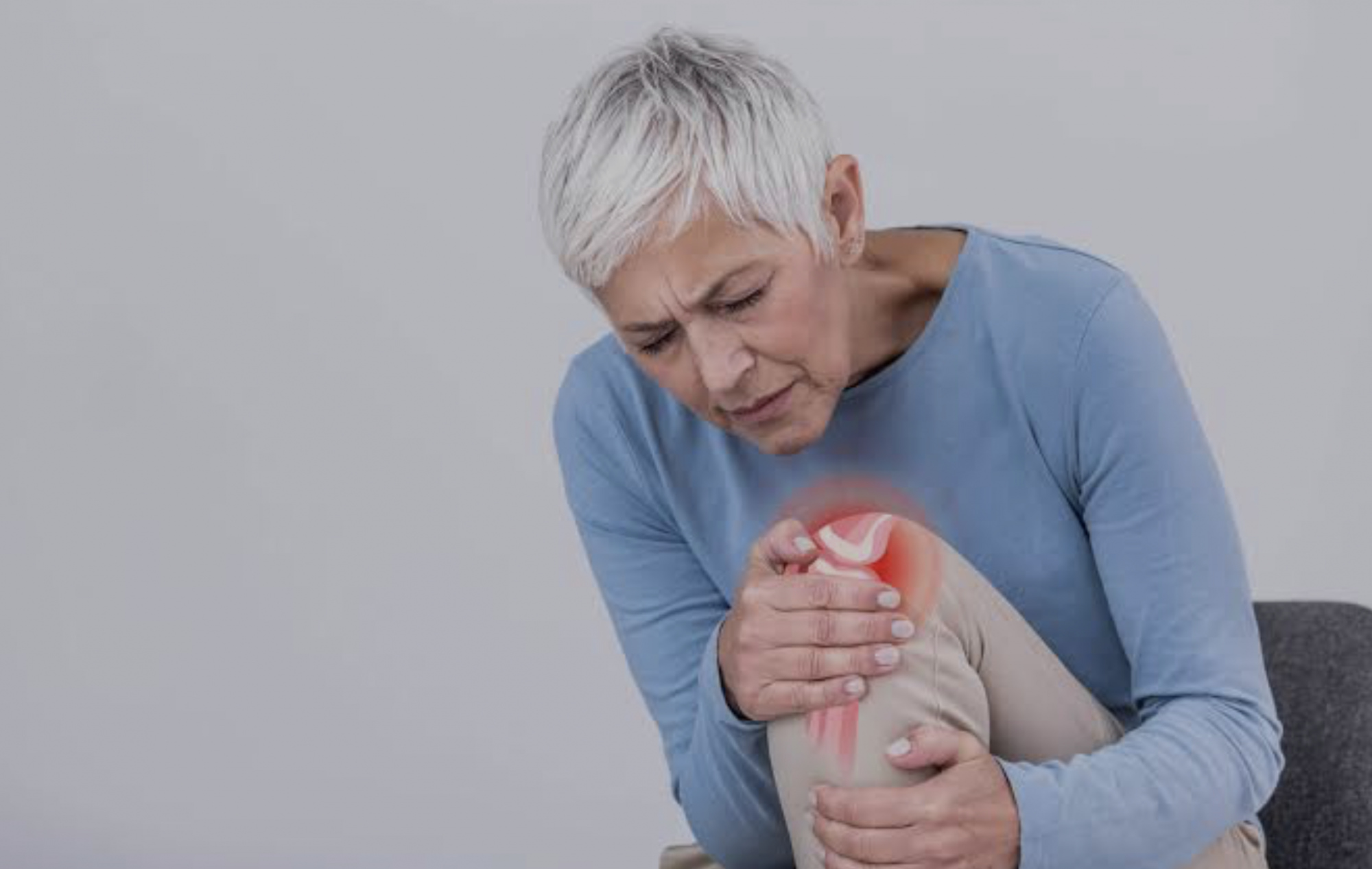Osteoarthritis is a disease characterized by the gradual wear and degeneration of the cartilage tissue in the joints. Cartilage is a protective tissue covering joint surfaces, reducing friction, and providing cushioning against impacts. As osteoarthritis progresses, the elasticity of the cartilage diminishes, it becomes thinner, the surface irregularities increase, and over time, it may be completely lost. This leads to friction between joint surfaces, causing joint sensitivity, pain, stiffness, swelling, and movement limitations.
Symptoms of osteoarthritis include:
-
Joint pain, especially during movement or under pressure
-
Joint stiffness and movement restrictions, particularly in the morning or after prolonged periods of inactivity
-
Joint swelling and tenderness
- Protrusions of bones due to cartilage loss (osteophytes)
Osteoarthritis is associated with various risk factors such as aging, genetic factors, excessive weight, repetitive joint injuries, disorders in body balance, and metabolic diseases.
The most commonly affected joints are the knee, hip, and spine joints.
Osteoarthritis is a chronic condition with no complete cure. Treatment aims to alleviate symptoms and improve the patient's quality of life.
Early treatment methods include exercise, weight control, anti-inflammatory pain relievers, physical therapy, and intra-articular injections (e.g., corticosteroids or hyaluronic acid). However, in advanced cases, interventional pain management treatments are often applied. For these patients, intra-articular steroid injections, stem cell therapies, and radiofrequency treatment to desensitize the nerves causing pain in the joint can be highly effective, providing long-term relief. In cases where these options are ineffective for knee and hip osteoarthritis, prosthetic surgery may be required.

 EN
EN 

